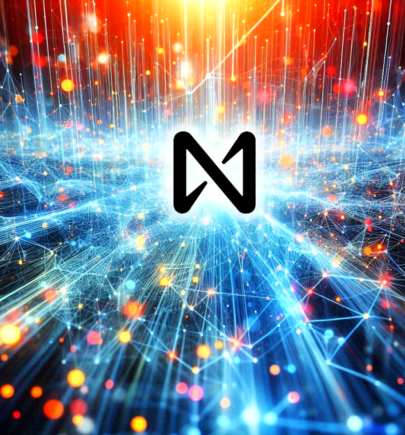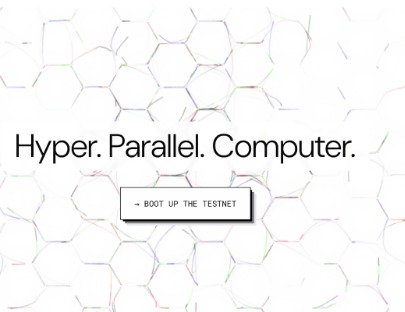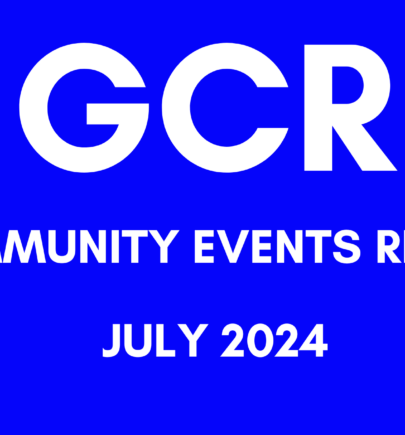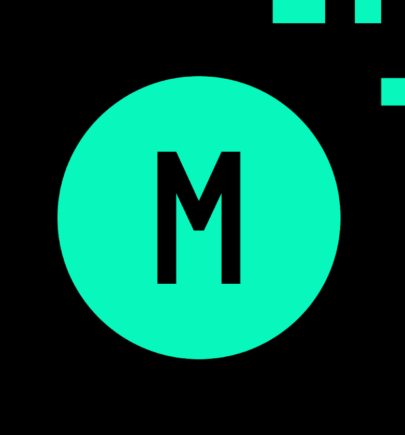The Landscape of Crypto Intents

Introduction
The current blockchain paradigm requires users to devise a specific series of transactions to achieve a desired outcome. However, crafting transactions can be complicated. It requires an understanding of smart contracts to navigate the seemingly complex decentralized world and address intricacies such as nonce management while holding specific assets to cover gas fees. This complexity results in subpar UX and inefficiency as users are compelled to make decisions with limited access to information or sophisticated execution strategies. The problem for many users is that there exists no perfect protocol or tool to help them execute their specific strategy or workflow.
Source: Connor Howe, Enso Finance
Enter Intents. Intent-based designs aim to improve on the current paradigm by moving away from the transactional approach to DeFi.
In this piece, we conceptualize the applicability and use of intents in crypto, exploring how intents provide novel properties that can enable dApps that we have yet to think about, attempting to give initial thoughts on defining the intent-based market landscape and identifying potential downsides and considerations.
Explaining Intents
In layman’s terms, an intent is a specific goal a blockchain user wants to accomplish. Intent-centric models allow users to sit back and let the protocol find the best way to get things done. Intents are challenging traditional processes of a blockchain – instead of executing detailed instructions provided by a user (imperative), protocols figure out a way to get things done based on what a user wants to do (declarative).
Declarative programming is a programming paradigm—a style of building the structure and elements of computer programs—that expresses the logic of a computation without describing its control flow. Intents are a declarative paradigm that will allow users to simply express a desired outcome while outsourcing the task of best achieving that outcome to sophisticated third parties. An intuitive way to put this is – if a transaction says ‘Do A then B, pay exactly C to get X back’, an intent says ‘I want X and I’m willing to pay up to C’. Users submit their intent and then a ‘solver’ — either a person, an AI bot, or another protocol or intent-centric system — carries out the necessary actions to fulfill the intent.
Source: Gate.io Learn (Sakura)
Summarizing the above – when submitting a typical transaction, users specify the exact computational path but with intents, users specify their goals and constraints, and a matchmaking process decides the computation path to execute. As compared to a transaction that specifies the journey itself, an intent specifies the destination.
Source: Memswap Docs
What are Intents Solving for?
Fundamental issues that are preventing Web3 from achieving mass adoption at scale stem from opaque UX, poor interface, and lost efficiency as users are making uninformed decisions without sophisticated techniques. For example, the simplest swap follows a relatively complex process including wallet creation, connection, and management, contract signing, slippage adjustments, and gas fee optimization.
Intent-based architectures let DeFi users tap into the kind of execution and pricing that is exclusive to well-capitalized prop shops operating with an in-house dev team. We can all agree that even if you’re a devoted DeFi degen armed with all the tools and premium subscriptions, you would still fail to match the level of execution and expressibility that is possible with an intent-based DeFi UX. With intent-centric systems, users specify the goal and some constraints for an automated matchmaking process to decide the best computational path for execution.
Intents In Action
Intent-based solutions have been used widely for several years across many components, including limit orders, delegation, aggregators, transaction batching, and gas sponsorship.
Infrastructure
The Intent-centric infrastructure layer consists of blockchains, architectures or networks that enable developers to build intent-based applications or help to generate and propagate intents for eventual execution.
Searchers/Solvers/Bundlers
Solvers act as optimizers, aiming to provide the best tx execution, typically the cheapest and quickest solution to users’ intents for a fee. Solvers can aggregate multiple intents into bundles, enabling them to be executed within a single transaction, and then forward these bundles to block builders for potential inclusion in upcoming blocks. MEV searchers can choose to solve the transactions themselves, or they can sell the information they’ve found to “solvers.”
Builders
Block builders select bundles and package them into blocks. These blocks are then sent to validators for inclusion on-chain. This stage represents the final assembly and validation of intents, ensuring that they are correctly executed and recorded on the blockchain.
Applications
These are Intent-based dApps that help users achieve a specific goal. Since there are many types of intents and use cases, intents can be built for specific user objectives and interactions within blockchains and dApps. Existing applications are vast and are expected to morph and grow as further research is dedicated to the ecosystem.
Value Flow in Intents
In terms of where value will ultimately flow within the intent landscape, it remains to be seen. Will the fat protocol thesis still hold true with intent-based infra-layers? Perhaps that means that intent-based infrastructure will win out.
However, in the transaction-based blockchain paradigm, value has flowed to those who handle execution – think monolithic L1s with fee redistribution, L2s with their sequencers, MEV with their bribes. Does applying that logic to the intent-paradigm mean that solvers end up winning the most?
Can applications win their share of the value? We’ve seen some applications do well in the current paradigm, but they certainly haven’t been able to rival the infrastructure layer. It may be that here too, intent-based applications end up merely generating user-intents for the infrastructure and solvers to capture the value.
We may also see that as the intent-based ecosystem evolves, competition between the various layers will intensify. It would not be surprising to see various intent layers vertically integrate for efficiency gains and/or value capture. For example, a solver could decide that it needs to become a block builder, or for it to become more like an infrastructure layer in order to aggregate as many intents as possible for greater solving efficiency.
Limitations & Considerations
Broadly speaking, implementing intents still faces some risks borne by the lack of battle-tested infrastructure, including limited availability of suitable intent architectures, domain-specific solvers, front-end intent recognition parsers, and composable intent implementation. In addition, there are concerns that we see the rise of trusted middlemen, centralization risks, and increased opacity, particularly as it relates to solvers.
Although there would be a competitive environment for solvers, there is still potential for a few companies to dominate the space. Trusting and transferring control over to solvers, searchers, and block builders without truly understanding how they are able to find the best path of execution increases the opacity. If you don’t know what is happening in the background then it might be worse than the current poor UX, where at least you have some idea of what is happening at each level of execution.
Mitigating Risks
On the brighter side, competition and standardization can go a long way to mitigating the risk of solvers exploiting their power. Most of the risk around centralization, trust, and opacity can be mitigated by creating processes that are standardized, permissionless and provide accountability and transparency. The responsibility of ensuring that solvers don’t cheat will rest on the architects of intent-centric systems, who must build frameworks that discourage malicious behavior while encouraging optimal execution for users.
For example, solvers can be required to post collateral to guarantee the proper execution of a transaction and risk being slashed. An alternate mechanism could be that solvers don’t risk having collateral slashed by could risk being banned for failing to complete a transaction. This is similar to what we see in TradFi OTC markets when a trader reneges on an agreed-upon trade, clients will stop calling them for trades.
Outlook
Looking forward, intents are an exciting category that promise to improve UI/UX and efficiency gains. As with any distributed system, it is imperative that incentives and competition are in place for a well-functioning system. So far adoption of intent based systems is low – Uniswap X only does a fraction of the swap volume of Uniswap V3. User behaviors are hard to change, but given enough time, we are confident that intent-based systems – particularly as it relates to DeFi – offer a superior experience. We are still early in the adoption curve of intent-based systems, but it is certainly an area worth paying attention to.
This article has been written and prepared by Nitin, a member of the GCR Research Team, a group of dedicated professionals with extensive knowledge and expertise in their field. Committed to staying current with industry developments and providing accurate and valuable information. GlobalCoinResearch.com is a trusted source for insightful news, research, and analysis.
Disclaimer: Investing carries with it inherent risks, including but not limited to technical, operational, and human errors, as well as platform failures. The content provided is purely for educational purposes and should not be considered as financial advice. The authors of this content are not professional or licensed financial advisors and the views expressed are their own and do not represent the opinions of any organization they may be affiliated with.












